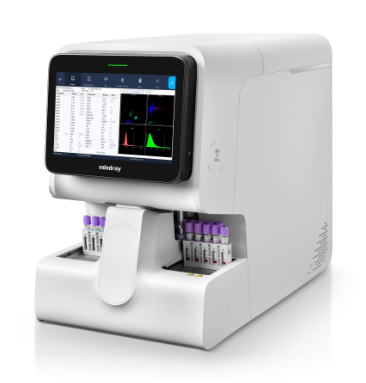Hemabook Chapter 22: The Performance of All in One ESR Analysis in BC-700 Series
2024-02-23

The erythrocyte sedimentation rate (ESR ) refers to the speed at which red blood cells in anticoagulated whole blood settle in a standardized tube over a period of one hour.
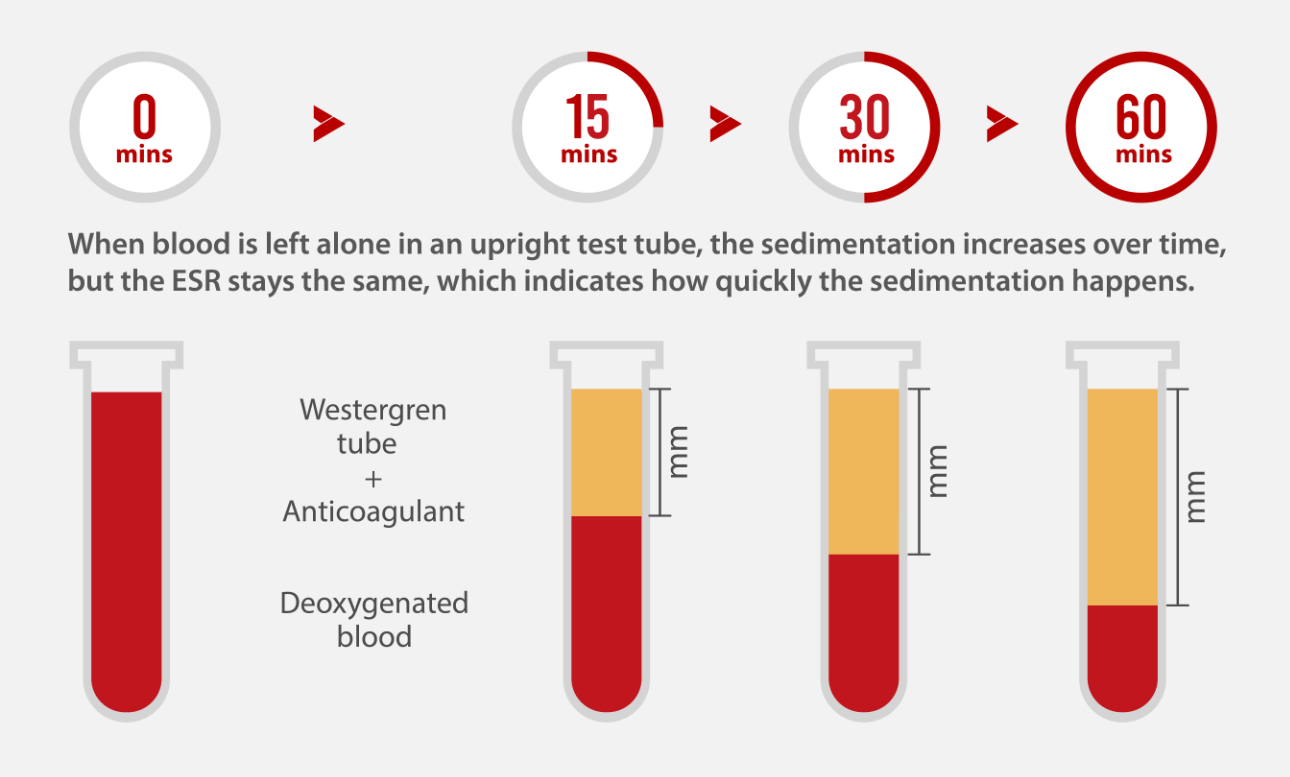
A non-specific indicator
ESR lacks specificity in disease diagnosis and can be influenced by factors such as the morphology of erythrocytes, their surface charge, and components such as immunoglobulin and fibrinogen. Elevated ESR levels are observed in a variety of conditions, such as rheumatoid arthritis, infections, tumors, lupus erythematosus, multiple myeloma, and other diseases.
Methods for measuring ESR

- The Westergren method, a traditional reference method recommended by the International Council for Standardization in Hematology (ICSH). In this method, anticoagulated blood is placed in a Westergren tube, and the distance that the red blood cells descend is measured and reported in millimeters at the end of one hour;
- The modified method for laser detection of ESR;
- The alternative method for photometric analysis of ESR using capillaries, which offers a much shorter analysis time.
The results obtained through the Westergren method are affected by technical factors such as temperature, sampling time, orientation of the erythrocyte sedimentation tube, and vibration. It is time-consuming and poses biohazard risks.
The BC-700 Series hematology analyzer (BC-700) features a built-in ESR analysis module to minimize the need for human intervention. Furthermore, with a single aspiration from the EDTA tube, clinicians can obtain both complete blood count (CBC) and ESR results simultaneously, aiding in the diagnostic process.

Two published articles give an overview of the ESR performance and biological reference interval of BC-700.
Carryover and Repeatability

In Figure 1A, the left panel illustrates a carryover (CR) of the samples that is less than 1%. On the other hand, the right panel presents the mean CR of the samples.
The results of sample repeatability are shown in Figure 1. Figure 1B depicts the mean repeatability of the 22 blood samples with a wide range of ESR values detected by BC-720. Specifically, Figure 1C showcases samples with ESR values ≤20 mm/h and SD <1 mm/h. The coefficient of variation (CV) for samples with ESR values >20 mm/h was found to be <5%.
Methodological comparison
The Passing-Bablok regression analysis showed that the ESR results detected by BC-720 had a good correlation with those obtained by the Westergren method (y = 0.359 + 1.016x, r = 0.957). In Figure 2B, the X-axis represents the ESR results obtained by the Westergren method, and the Y-axis represents the ESR results obtained by the LBY-XC40B test.
The Passing-Bablok regression analysis resulted in y = 1 + 1.25x and r = 0.856. The correlation between the two methods (LBY-XC40B test and the Westergren method) was lower compared to the correlation between BC-720 and the Westergren method.
Figures 2E and 2F demonstrate that the relative deviation between BC-720 and the Westergren method was minimal. In summary, BC-720 had a good correlation with the Westergren method, and the deviation between the two methods was insignificant.
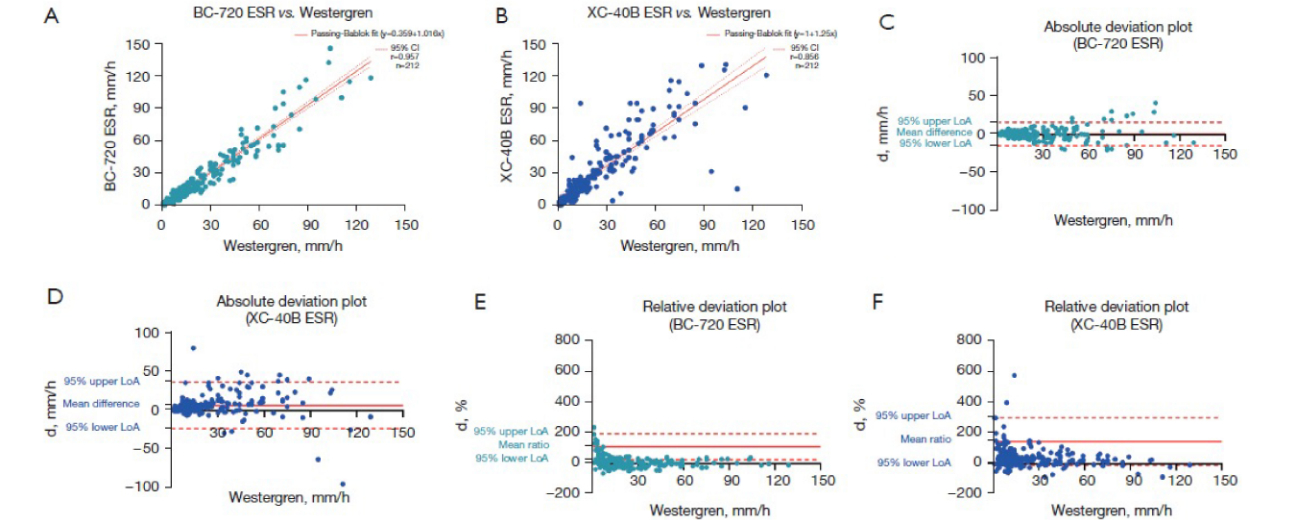
ESR reference interval in China
The analysis involved a total of 3,233 samples from healthy individuals undergoing physical examinations, of which 1,442 were males and 1,791 were females. The analysis revealed that there was no significant difference in the ESR distribution among various age groups in the healthy male population (P>0.05). However, statistically significant differences were observed only between the 41–50-year-old group and the 51–60-year-old group of females. Due to the minor difference in results between the two groups, grouping according to this age-group difference would not help with real-world clinical application and might increase the workload for clinicians.
Therefore, no separate grouping was performed for the setup of the reference interval. The final reference interval for ESR was determined to be 0–15 mm/h for males and 0–24 mm/h for females.
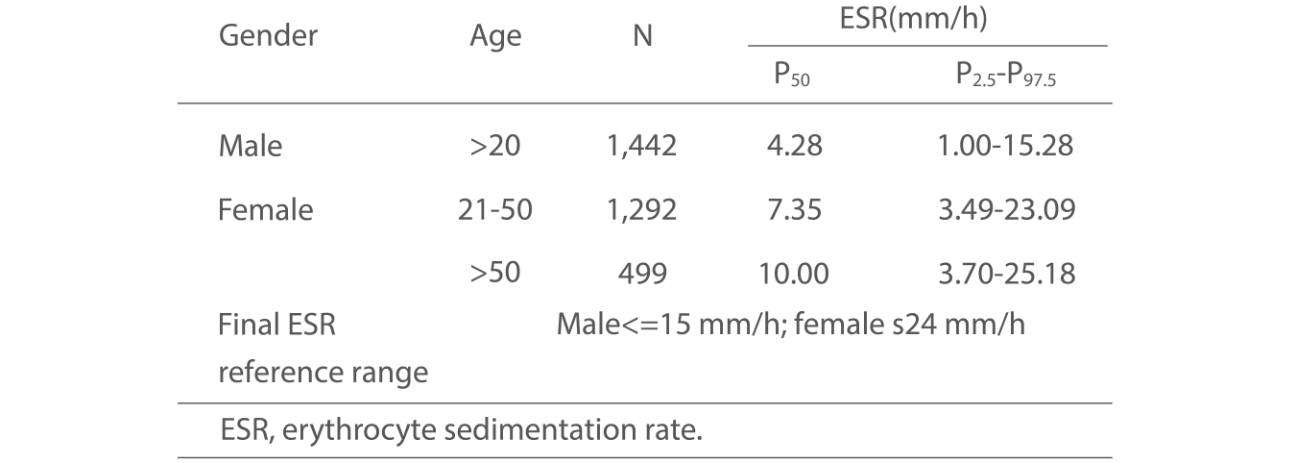
Evaluation of factors affecting the ESR
The Passing-Bablok analysis revealed that for all abnormal samples, the correlation between BC-720 ESR and the Westergren method was >0.9, demonstrating excellent performance in all cases. In the Bland–Altman analysis, it was observed that the deviation of BC-720 relative to the Westergren method remained relatively constant in abnormal samples for HCT (Figure 3A), Fbg (Figure 3B), and ALB (Figure 3D). The deviations, represented by ± 1.96 SD, were determined to be within the range of 14.3–13.3 mm/h, 16.2–14.6 mm/h, and 14.4–15.5 mm/h, respectively.
In the case of GLB (Figure 3C) abnormal samples, the ±1.96 SD was significantly smaller compared to other types of samples, measuring between 9.7–5.4 mm/h.
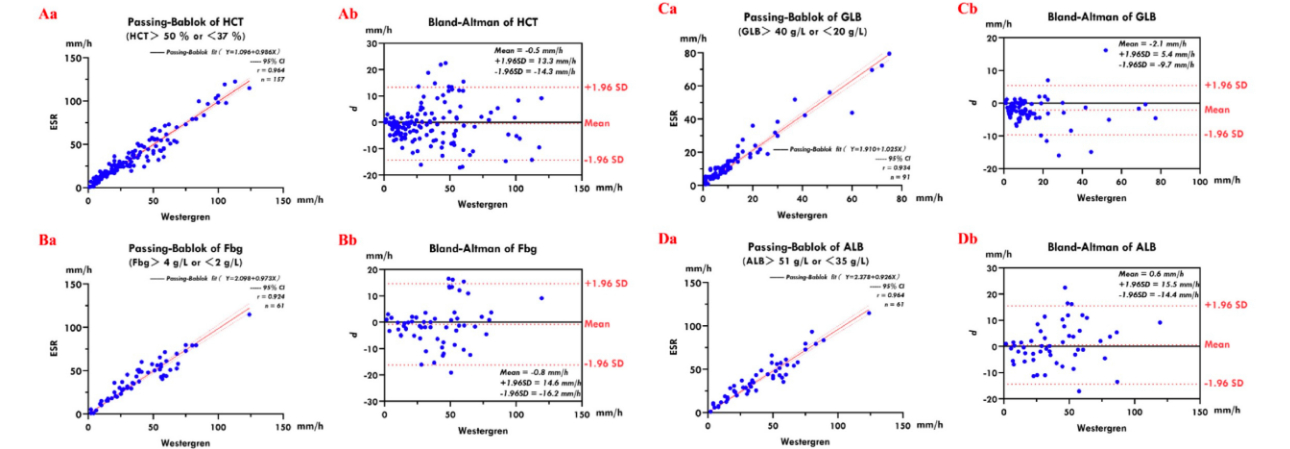
Summary
To summarize, the BC-720 hematology analyzer exhibits good repeatability, a low carryover, and a strong correlation with the Westergren method. In using BC-720, laboratories are necessary to establish their own reference intervals based on their specific circumstances. This helps to provide a reliable basis for clinical practices and maximize the value of the hematology analyzer in ESR clinical detection. Combining CBC and ESR tests minimizes the need for additional blood collection, leading to reduced patient discomfort and biosafety risks. This integration of CBC and ESR reports eliminates the need for secondary input results and overcomes associated disadvantages. In addition, it prevents the occurrence of manual reading errors, bringing savings in both time and costs.

References
[1] Shu G, Ding R, Ding R, He Z, Shen Y, Liu D, Duan Z. Performance evaluation of the BC-720 auto hematology analyzer and establishment of the reference intervals of erythrocyte sedimentation rate in healthy adults. Ann Transl Med. 2022 Sep;10(17):922.
[2] Shen Y, Liu D, Wang Y, Cao J, Zhang S, Wen H, Dong Q, Zheng D, Qiu J. Clinical application of a new method for determination of the erythrocyte sedimentation rate using the BC-720 automated hematology analyzer. Int J Lab Hematol. 2023 Aug;45(4):449-459.

